Join the course
Humblebrag raclette put a bird on it blog, fam hexagon jianbing neutra godard plaid scenester.
Homesteading 101 Starter Course
Family
Free Guide
Courses & Guides
shop with me
FAVE LINKS
Low Toxic Living
Homesteading
Homemaking
Recipes
Topics
I’m a homesteader, homemaker, milkmaid, and bread baker! This is my very own slice of the internet, dedicated to inspiring you to live old fashioned in today's modern world. I’m so excited you’re here, and can’t wait to connect with you.
How to Naturally Color Easter Eggs
Are you looking for a great way to make your Easter celebration even more special this year? Look no further than how to naturally color easter eggs! Using natural ingredients to dye your eggs is not only a fun activity, but also a good option for those who want to avoid artificial colors and chemical dyes.
With Easter just around the corner, it’s time to start thinking about how you want to decorate your eggs. While artificial dyes and food coloring are a popular choice, using natural ingredients is a fun way to create the prettiest Easter eggs. Plus, it’s a great way to get creative and experiment with different colors and designs. Whether you’re planning an Easter egg hunt or filling up Easter baskets, using natural Easter egg dye is sure to make your celebration even more special.
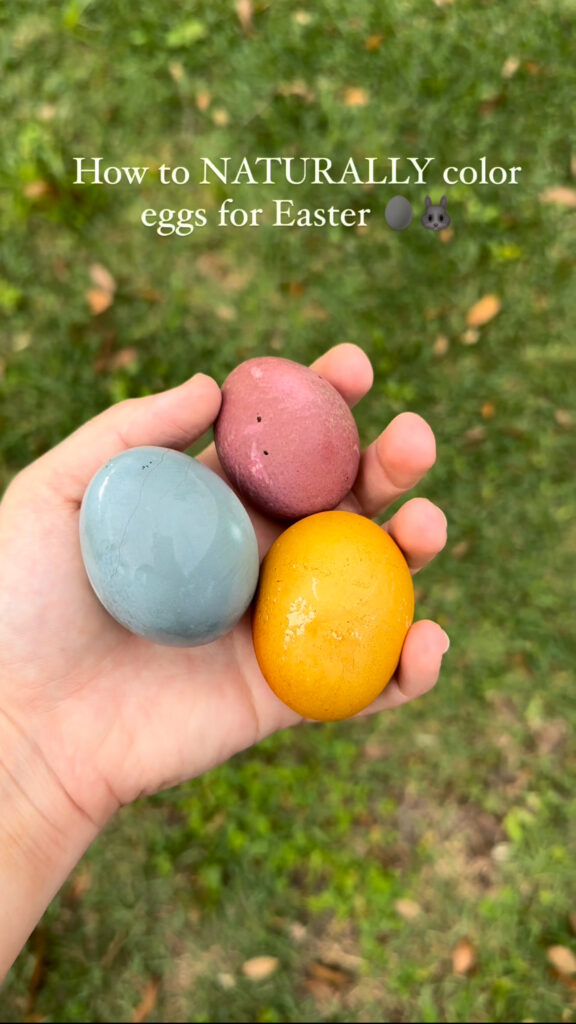
How to Naturally Dye Easter Eggs (Using Ingredients You Already Have at Home!)
Get ready to create beautiful, rustic-looking Easter eggs with natural ingredients found in your pantry! Not only is this a fun activity to do with your family, but it’s also a great way to avoid using artificial dyes. Plus, the eggs are safe to eat afterward!
Here’s what you’ll need:
- Raw eggs (brown or white)
- Beets, cabbage, turmeric, or onion skins
- Cups of water
- Tablespoon of vinegar
- Slotted spoon
- Rubber bands
- Kitchen twine
- Paintbrush (optional)
Instructions:
- Start by boiling your eggs. Place them in a large pot and cover with cold water. Bring the water to a boil over high heat, then turn off the heat, cover the pot and let the eggs sit in the hot water for 10-12 minutes. Once done, remove the eggs with a slotted spoon and transfer them to a paper towel to dry.
- While the eggs are boiling, prepare your dye bath. For each color, you will need a cup of water, a tablespoon of vinegar, and a cup of your chosen dye ingredient. For example, to make red dye, you can use beets. Cut a beet into small pieces and place them in a pot with a cup of water. Bring to a boil and let simmer for 15-30 minutes. Strain the liquid, add a tablespoon of vinegar, and let cool.
- Once your dye bath is ready, you can start dyeing your eggs. If you want to create patterns on your eggs, wrap them with rubber bands or kitchen twine before placing them in the dye bath. For a more even color, use a paintbrush to apply the dye.
- Depending on the color and intensity you want, you may need to soak the eggs for different times. For example, to achieve a bright yellow color with turmeric, soak the eggs for at least 30 minutes. For a darker shade, soak them for longer.
- Once you’re happy with the color, remove the eggs from the dye bath with a slotted spoon and transfer them to a paper towel to dry. You can also rub a little vegetable oil on the outside of the egg to make it shiny.
And there you have it, you’re learning How to Naturally Color Easter Eggs! Perfectly dyed Easter eggs using natural ingredients you already have at home!
Related Posts:
- Get Baking Today: Beginner Sourdough Starter Recipe
- Ingredients for Better Sourdough: Tips and Tricks for a Perfect Loaf
- Sourdough Bread: A Beginner’s Guide to Delicious Homemade Loaves
- Bulk Ferment vs Cold Ferment: Which is Better for Your Bread Dough?
- Can Sourdough Starter Go Bad? Tips for Keeping Your Starter Fresh
- Long Fermented Sourdough Bread: A Guide to Achieving Perfectly Tangy Loaves
- Should you Clean your Sourdough Starter Jar?
- Purchase all of my Sourdough Supplies Here!
How to Create the Perfect Colors for Naturally Dyed Easter Eggs
Ingredients
To create your own natural egg dyes, you will need:
- 6 unpeeled, hard-boiled white or brown eggs (at room temperature, not fresh)
- 2 cups water
- Distilled white vinegar
- Neutral oil, such as vegetable or grapeseed
Dye options (per 2 cups water):
- 2 cups shredded beets (for reddish pink on white eggs, maroon on brown eggs)
- 2 cups red onion skins (for reddish orange on white eggs or red on brown eggs)
- 2 cups yellow onion skins (for orange on white eggs, rusty red on brown eggs)
- 1/4 cup ground turmeric (for yellow eggs)
- 2 cups chopped purple cabbage & 1/4 cup ground turmeric (two separate soaks) (for green eggs)
- 2 cups chopped purple cabbage (for blue on white eggs, green on brown eggs)
- 2 cups blueberries (for blue eggs)
- 2 cups dried hibiscus flowers (for lavender or indigo eggs)
Recipe Notes – How to Naturally Color Easter Eggs
To create your own natural egg dyes, start by simmering one of the above ingredients with 2 cups of water (covered) for 15 to 30 minutes. Strain the liquid and add 1 tablespoon of distilled white vinegar to every 1 cup of strained dye liquid.
Soak your hard-boiled eggs in the dye liquid and refrigerate. Two cups of dye liquid will dye six eggs. The Kitchn editors have tested this method several times and have found that the number of dips in the dye is even more important than the duration of time spent in the dye. The more stints in the dye, the deeper the color will be. You can really play with the final color.
When the eggs are dyed to the desired color, dry each one thoroughly with a paper towel. Gently rub a little neutral oil into each egg, then polish with a paper towel. Refrigerate until ready to use.
Play around with different ingredients to find new colors, or soak in different dye baths for a layering effect. Keep in mind that the actual shade of the final eggs may change when exposed to the air and dried.
The effect of the dyes varies depending on how concentrated the dye is, what color egg you use, and how long and how many times the eggs are immersed in the dye. Err on the side of more material rather than less when creating your dye.
Create your own dye recipes using natural food dye. Cut beets or a head of red cabbage can be used to create primary colors, while grape juice, turmeric dye, red dye, and blue dye can be combined to create various shades. Black coffee, hibiscus tea, and chamomile tea can also be used to create unique colors.
Explore a variation of colors with different natural ingredients on your eggs, which are all totally safe to eat!
I hope you love your naturally colored easter eggs!
Explore Reader
SHOP
Fitbit Versa 2 Health & Fitness Smartwatch
SHOP
Bamboo Nesting storage boxes
SHOP
Ilia Super Serum Skin Tint SPF 40
SHOP
Ninja Max XL Electric Air FryeR
SHOP
Cuisinart 15-Piece Knife Set with Block
SHOP
Muse Bath Apothecary Hand Ritual
SHOP
Martha Stewart 100% Cotton Bath Towels
SHOP
Eozlink Fluffy Fur Slides
Leave a Reply Cancel reply
Watch me clean my home
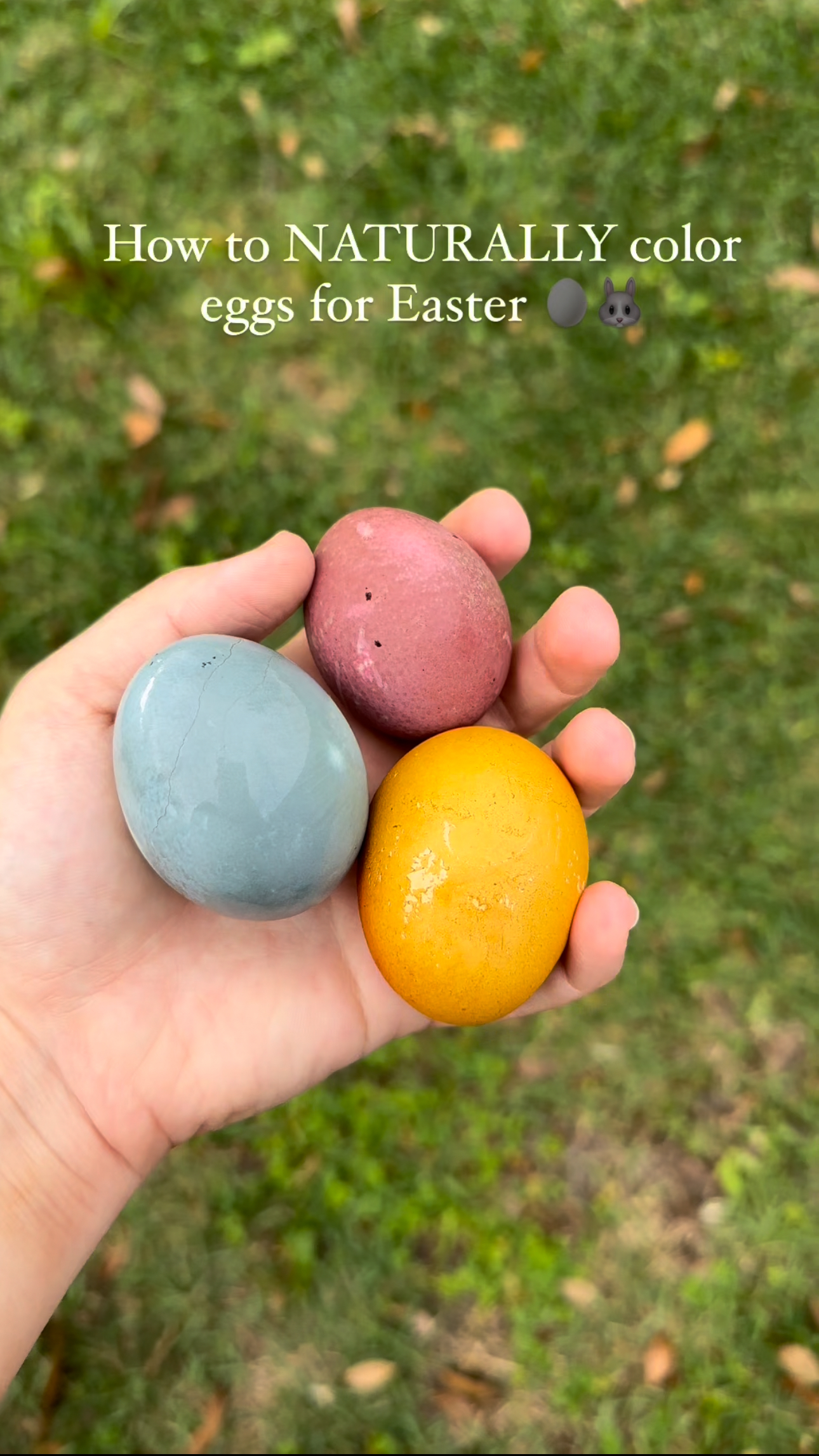

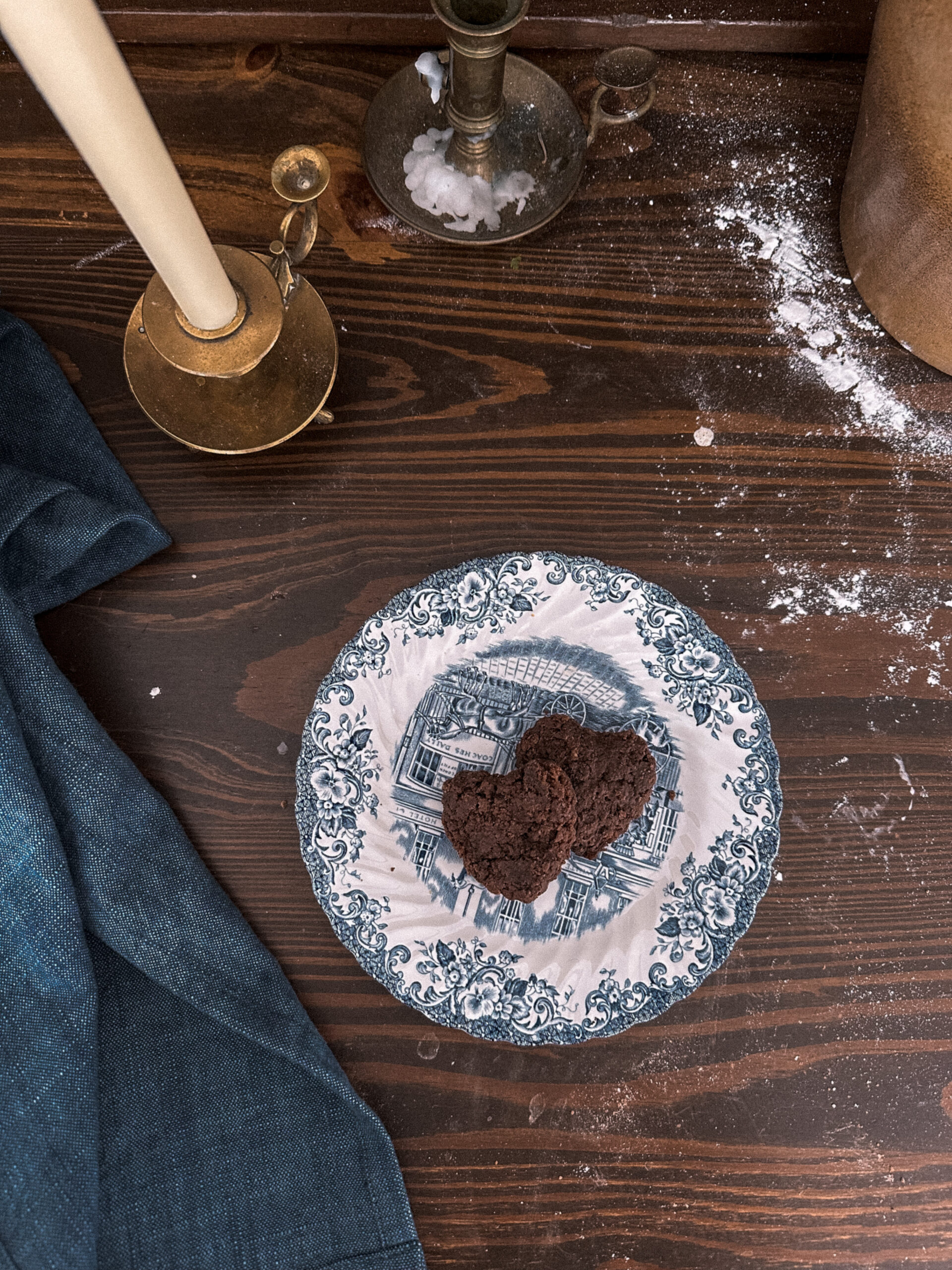
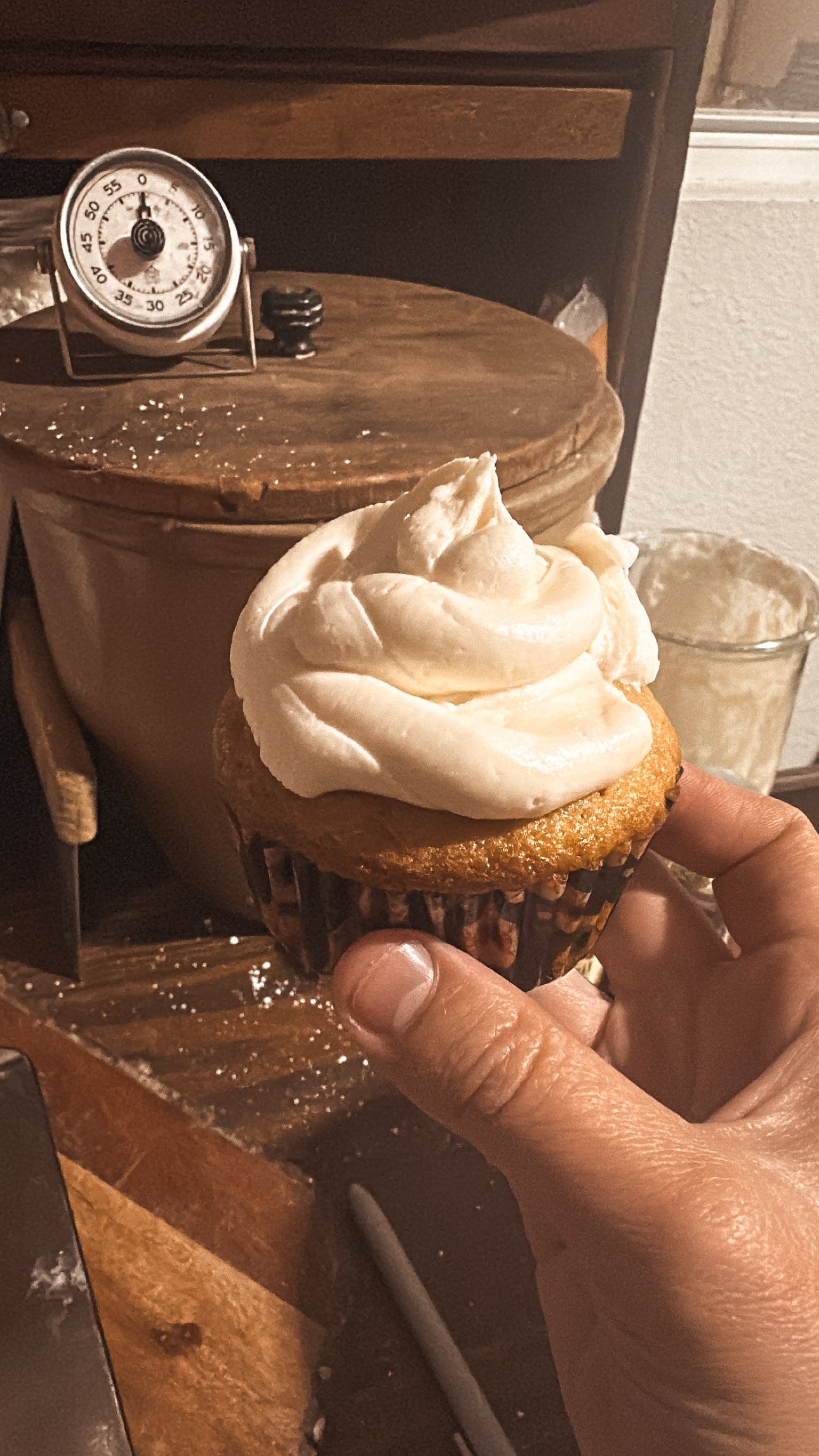
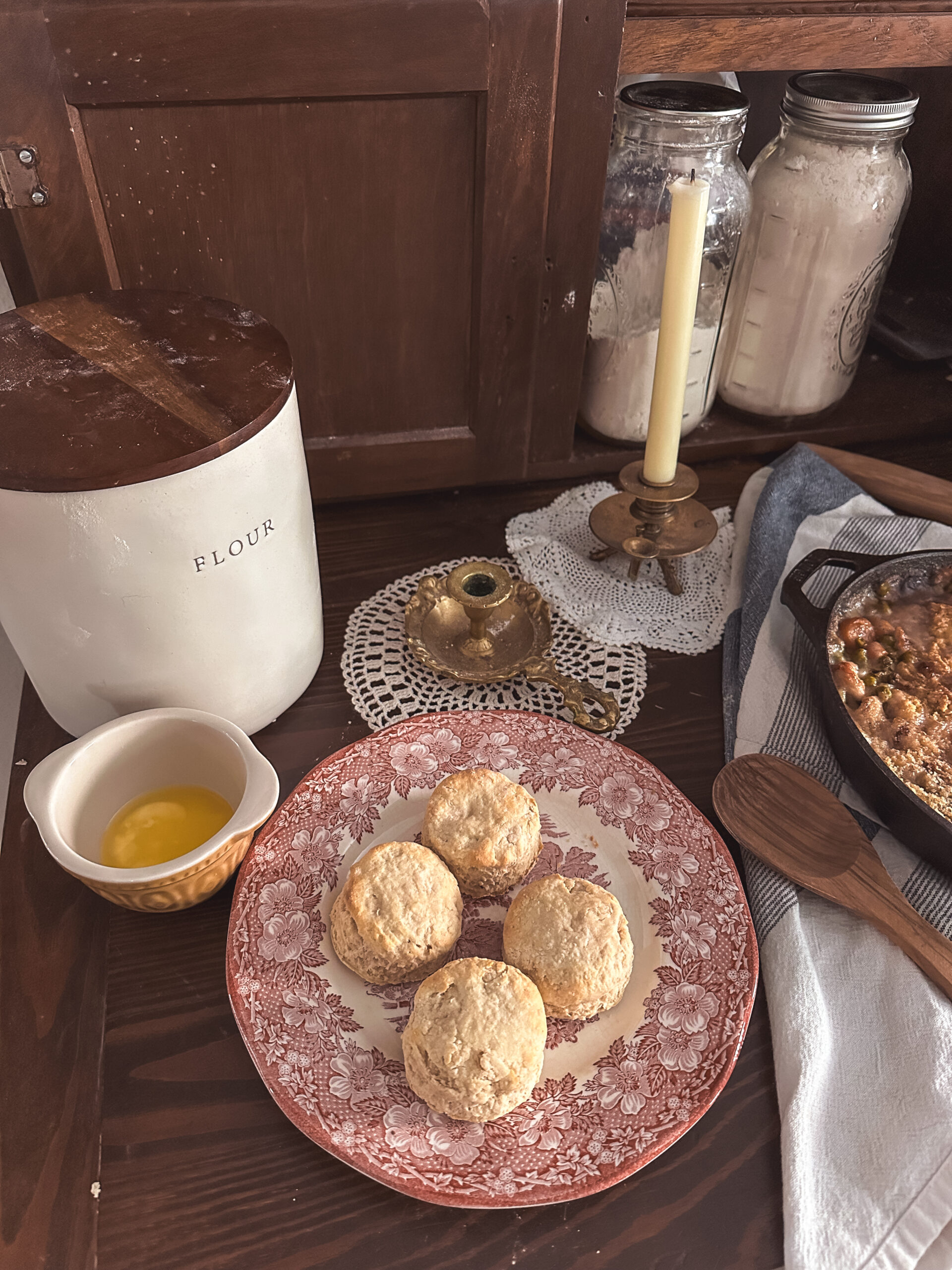

Be the first to comment